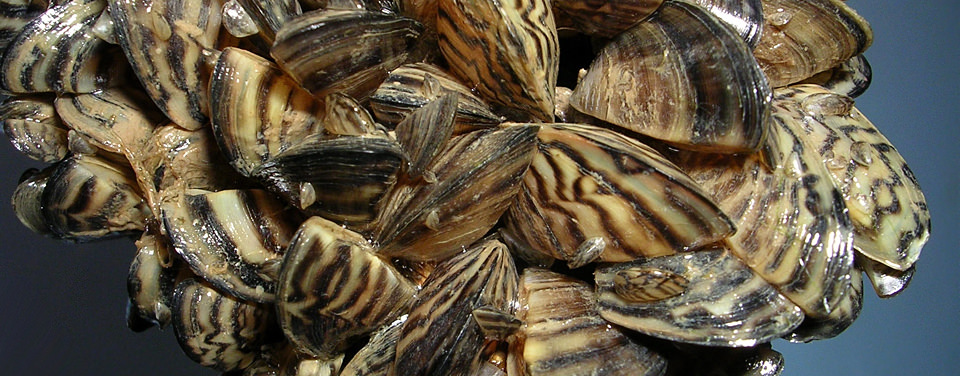What are PBDEs?
PBDEs, or polybrominated diphenyl ethers, are a class of fire retardant chemicals.

As part of NOAA's Mussel Watch Program, PBDEs are one of 150 different contaminants that are continually monitored by periodically sampling bivalves and sediment at 300 coastal sites around the nation.
PBDEs are found in a variety of consumer products, from TVs and toasters to mattresses and drapes. These chemicals are intended to slow the rate of ignition and fire growth, allowing people more time to escape from a fire or extinguish it. In recent years, PBDEs have generated international concern over their widespread distribution in the environment, their potential to bioaccumulate in humans and wildlife, and their suspected adverse human health effects. In the U.S., PBDE levels in people are generally 10–100 times higher than levels measured in people in Europe and Asia.
Production of PBDEs in the U.S. began in the 1970s and peaked in the late 1990s. Flame retardant manufacturers in the U.S. voluntarily stopped producing the PentaBDE (used in furniture foam) and OctaBDE (used in electronic products) varieties of PBDEs in 2004 and have begun producing alternative flame retardants; however, DecaBDE continues to be produced and used in the U.S., primarily in television casings. DecaBDE is classified as a possible human carcinogen by the U.S. Environmental Protection Agency.
Search Our Facts
Get Social
More Information
Last updated: 06/16/24
Author: NOAA
How to cite this article